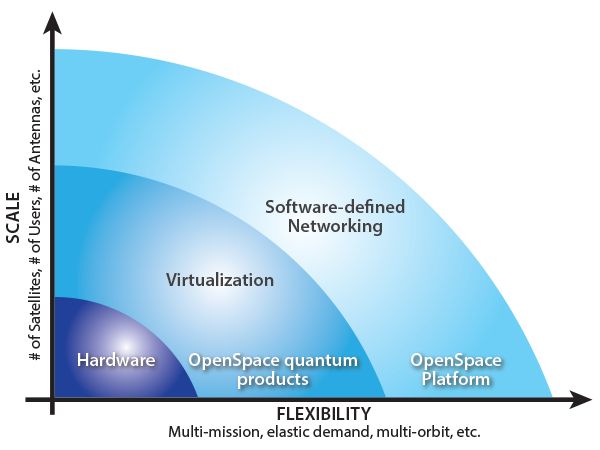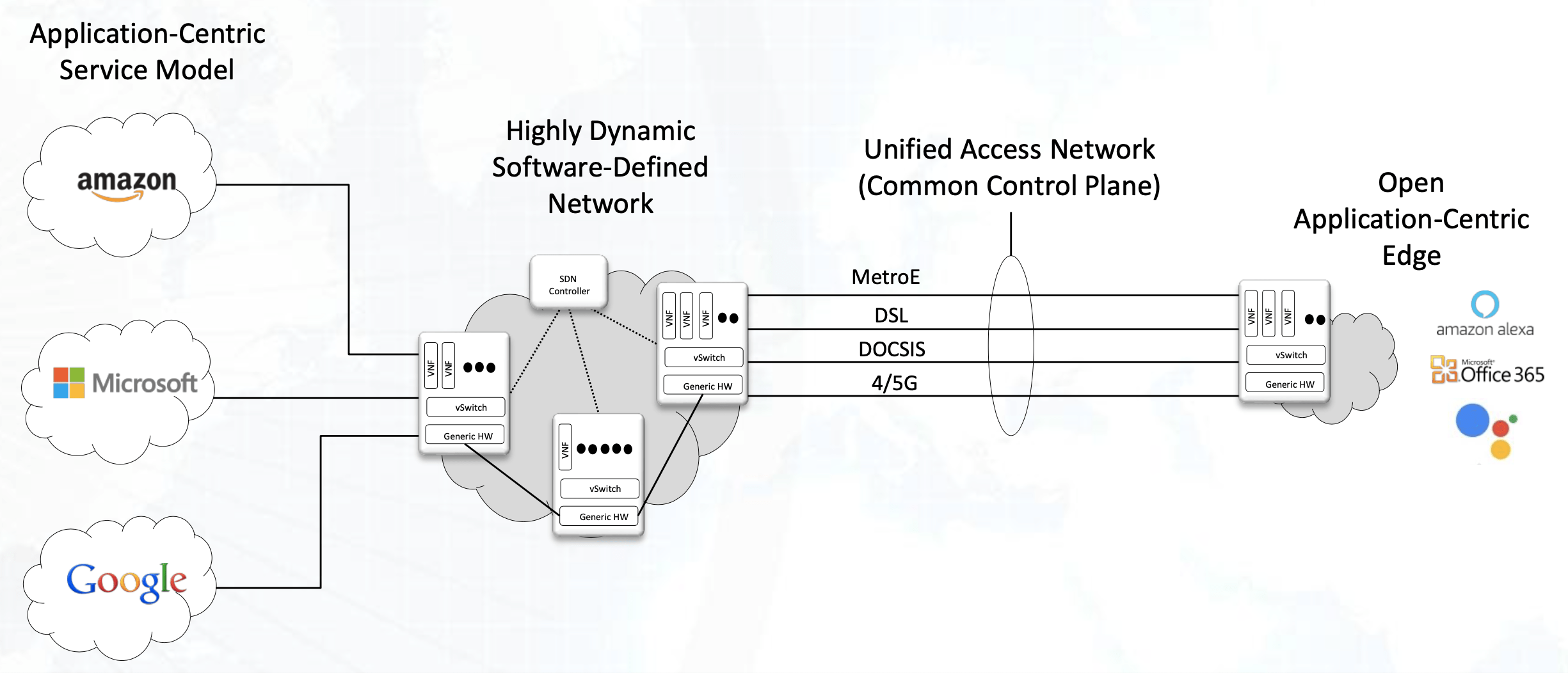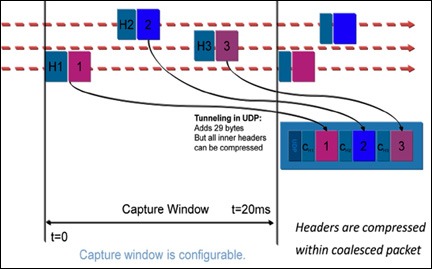Understanding the Packets per Second Limitations in High-Speed VSAT Modem Performance
Chris Hill, CTO ITC Global, presents an excellent analysis of high-speed VSAT modem performance and packets per second (PPS) in the Via Satellite Article “High Speed VSATs Not Delivering the Throughput You Expect?” January 2014. This is a different view from our own “Packet’s per Second Stressing your Satellite Modem?” Chris starts off with a background on router performance evolution and how the satellite modem manufacturers should follow suit.
Next he writes about something only a seasoned, experienced network operator could know. What causes intermittent network problems, VoIP to become unintelligible, and a potential source of these problems, PPS limitations of the satellite modem. This includes a detailed analysis of why a satellite modem can’t carry as many phone calls the bandwidth would suggest it should (hint: Packet Per Second Limitations of the VSAT modem).
There is more to Packets Per Second VSAT Modem Performance than Speed
The next section in the article goes into the details of a VoIP Packet’s size and PPS impact on the network. A VoIP Packet generates 50 PPS in each direction. 1,000 PPS in each direction are generated to support 20 VoIP calls for a total of 2,000 PPS. Most VSAT modems CPUs are not able to keep up with this rate of PPS.
One thing Chris doesn’t cover is WAN Optimization techniques that can significantly cut the PPS a network must handle. Robust Header Compression combined with packet coalescing can significantly reduce, up to 90%, the number of packets per second that the VSAT must handle. Read our article “Packet’s per Second Stressing your Satellite Modem?” for more information on the impact of packet coalescing on PPS. In a future article on Robust Header Compression (ROHC) I will detail what ROHC does and why you shouldn’t use cRTP (compress Real Time Protocol).
Real World Modem Tests Highlight the Packets Per Second Impact
Next Chris reviews the tests he ran, how he ran them, and the results of these tests. Using iPerf, to simulates VoIP packets, Chris tests the performance of a high-end VSAT modem. He does this test with large packets (1498 bytes) and small packets (52 bytes) to illustrate the difference in PPS that the modem processes under each scenario.
Key Facts in Packets Per Second VSAT Modem Performance
- There is more to VSAT modem performance than speed – a 8Mbps modem might not be able to handle 20 simultaneous VoIP Calls
- There is no standard metric that manufacturers use to inform customers of the packets per second that a modem can handle – user must test to understand the limitations
- 20 simultaneous VoIP requires 480 Kbps while generating 1,000 packets per second in each direction, the total of 2,000 packets per second is more than a standard VSAT modem’s CPU is capable of handling
- Selecting the right modem is the first step to a complete solution
A WAN optimization appliance can allow you to use your existing VSAT modems or to standardize on a VSAT modem even if they have limited PPS performance. The WAN optimization appliance will allow you to reduce the bandwidth required by VoIP by 50% as well as reduce the impact on packets per second up to 90%.
Look for a vendor that offers both ROHC and Packet Coalescing in order to get these performance gains. In future postings we will be presenting more detail on these technologies as well as reviewing vendors who have implemented these technologies.
Read Chris’s full article in the January 2014 issue of Via Satellite at High Speed VSATs Not Delivering the Throughput You Expect?





Leave A Comment